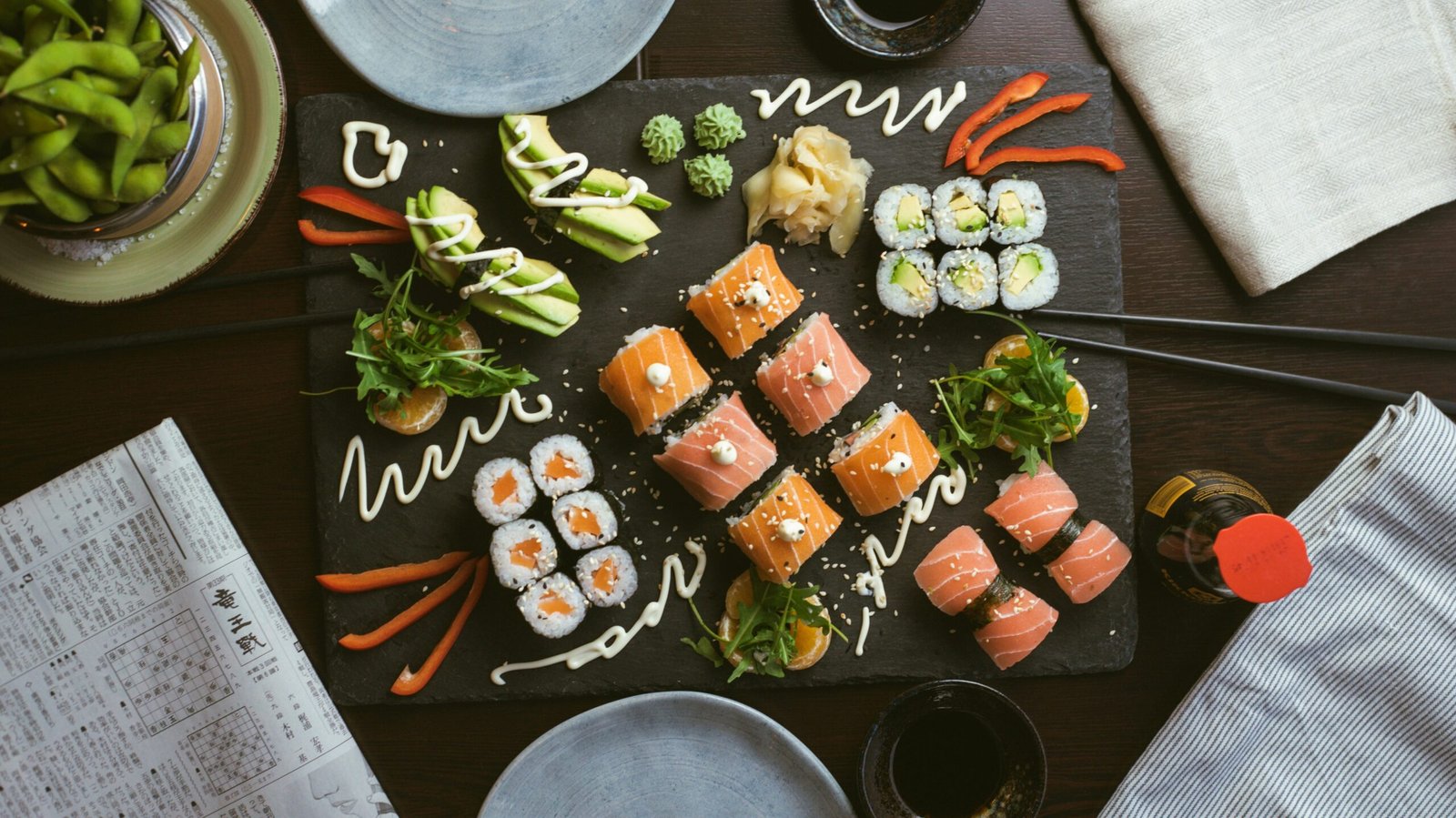
Soutaipasu Variations Around Japan: A Culinary Journey
Soutaipasu is more than just a dish; it’s a delicious journey through the heart and soul of Japan. Rooted in tradition, this savory creation has evolved over time, showcasing the rich culinary diversity found across various regions of the country. From its historical significance to modern interpretations, Soutaipasu offers a taste experience that invites you to explore regional flavors and unique ingredients.
As we dive into this culinary adventure, prepare your palate for an array of variations that reflect local customs and traditions. Whether you’re a seasoned foodie or simply curious about Japanese cuisine, understanding Soutaipasu will open up new avenues for exploration and enjoyment. Let’s embark on this flavorful quest together!
Regional Differences in Soutaipasu
Soutaipasu varies significantly across Japan’s diverse regions. Each area infuses its own culture and local ingredients into this beloved dish.
In Hokkaido, for instance, the emphasis is on rich seafood flavors. Fresh catches from the nearby waters make their way into traditional recipes, giving a distinct taste that speaks of northern seas.
Moving south to Kyoto, you’ll find a more delicate approach. The use of seasonal vegetables creates a lighter version that highlights freshness while incorporating local practices like kaiseki cooking.
Down in Kumamoto, the focus shifts again. Here, you’ll often see Soutaipasu featuring earthy tones with added miso or soy sauce for depth. This method reflects regional agricultural traditions and robust flavors.
Across each region, Soutaipasu tells its own story through unique tastes and textures influenced by geography and tradition.
Top 5 Soutaipasu Variations from Different Regions
Japan’s culinary landscape is vibrant and diverse, especially when it comes to soutaipasu. Each region has its own special twist on this beloved dish.
In Hokkaido, the rich seafood variation shines through with fresh crab and scallops. It reflects the bountiful ocean surrounding the northernmost island.
Meanwhile, in Osaka, you’ll find a more savory take featuring local vegetables and meat. This version often incorporates a hint of umami that sets it apart from others.
Down in Kyushu, spicy elements come into play. Here, they embrace chili peppers for an added kick that ignites your palate.
Moving towards Hiroshima, you can taste their unique combination of rice noodles mixed with bean sprouts and pork. It’s a delightful fusion that showcases local ingredients beautifully.
Okinawa presents a tropical flair by incorporating pineapple and other fruits into their soutaipasu variations. The sweetness balances perfectly with traditional flavors.
How to Make a Traditional Soutaipasu Dish
To craft a traditional Soutaipasu dish, start with high-quality ingredients. Fresh fish is essential, often sourced from local markets for the best flavor.
Begin by marinating your chosen fish in soy sauce and sake. This infuses it with savory notes while enhancing its natural taste. Allow it to soak for at least an hour.
Next, prepare your rice. Use short-grain Japanese rice for the perfect texture—sticky yet fluffy when cooked. Rinse thoroughly before steaming to achieve that ideal consistency.
Once everything is ready, assemble your Soutaipasu neatly on a plate or wooden board. Lay the marinated fish over a mound of rice, garnishing with finely chopped green onions and sesame seeds for added crunch.
Serve immediately alongside pickled vegetables or miso soup to complete this delightful meal experience!
Modern Takes on Soutaipasu
Modern interpretations of Soutaipasu are captivating. Chefs across Japan infuse this traditional dish with global influences, creating fusion delights that surprise the palate.
Imagine a Soutaipasu adorned with truffle oil or topped with avocado slices. These ingredients elevate the classic flavors while adding an unexpected twist. Local seafood finds its way into modern recipes, showcasing freshness and creativity.
Some eateries experiment by incorporating plant-based proteins, catering to health-conscious diners who still crave authentic taste. This not only broadens the audience but also keeps sustainability at heart.
Presentation plays a crucial role in these modern takes as well; artfully arranged plates turn each meal into a visual feast. Restaurants now embrace minimalism and vibrant colors, redefining how we experience Soutaipasu.
These innovative versions maintain respect for tradition while inviting new generations to explore their culinary heritage through fresh eyes and diverse tastes.
Unique Ingredients Used in Soutaipasu
Soutaipasu is a delicious canvas for unique ingredients that vary by region. Each locality adds its twist, making it an exciting dish to explore.
In Hokkaido, fresh seafood plays a starring role. Locally caught crab and scallops elevate the dish’s flavor profile. Their sweetness pairs beautifully with traditional seasonings.
Moving south to Osaka, you’ll find bold flavors of fermented ingredients like miso or soy sauce incorporated into the mix. This gives Soutaipasu an umami kick that’s hard to resist.
Kyushu offers another surprise with spicy elements such as chili peppers or yuzu zest. These add a delightful heat and citrusy brightness, transforming each bite into an experience.
Even more intriguing are regional herbs like shiso or mitsuba found in various versions of the dish. They lend freshness and aromatic notes that enhance the overall taste while showcasing local produce abundance.
Tips for Pairing Soutaipasu with Drinks
Pairing drinks with Soutaipasu can elevate your dining experience. The right beverage complements the dish’s unique flavors.
For a traditional touch, consider serving it with sake. A chilled Junmai sake balances well without overpowering the dish. Its subtle notes enhance the taste of Soutaipasu beautifully.
If you prefer something stronger, try shochu. This distilled spirit offers versatility and pairs nicely with different variations of Soutaipasu, especially those that are richer in flavor.
Beer enthusiasts might opt for lagers or pale ales. Their crispness cuts through richness while refreshing the palate between bites.
For non-alcoholic options, green tea is an excellent choice. Its earthy undertones harmonize perfectly and cleanse your senses after each mouthful.
Experiment with these pairings to find what resonates best with your taste buds!
Conclusion
Soutaipasu is not just a dish; it’s a culinary journey through Japan’s diverse regions. Each variation tells a story of local culture, ingredients, and traditions. Exploring these flavors offers an insight into the heart of Japanese cuisine.
From savory to sweet, the different regional interpretations highlight unique techniques and tastes that make Soutaipasu special. Whether you’re enjoying it with friends or creating your own version at home, there’s always something new to discover.
Embrace this delightful dish as part of your dining experience. Let each bite transport you across Japan’s rich landscape, filled with history and flavor waiting to be savored again and again.








